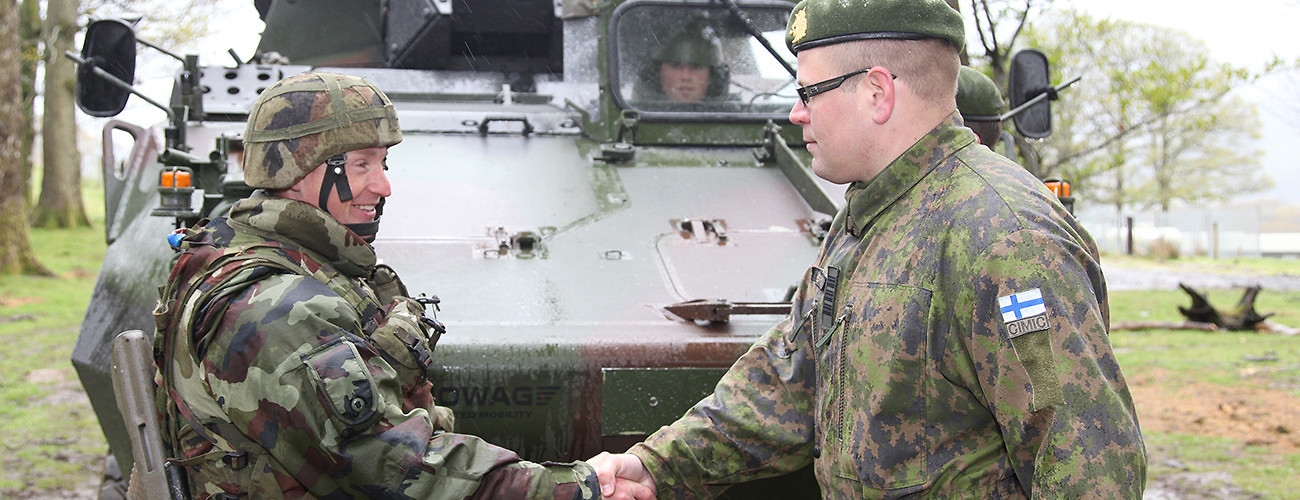106th IRISHFINN Battalion Mission Readiness Exercise, 2012. (Irish Defence Forces/Flickr)
Only fifteen United Nations’ member states provide more than 60 percent of the 104,000 UN uniformed personnel deployed worldwide. How can a more equitable sharing of the global peacekeeping burden be produced that generates new capabilities for UN operations?
Operational partnerships are one potentially useful mechanism to further this agenda. They are partnerships that occur when military units from two or more countries combine to deploy as part of a peacekeeping operation. This report assesses the major benefits and challenges of these partnerships for UN peace operations at both the political and operational levels.
The report begins by providing an overview of the different varieties of partnerships in contemporary UN peace operations and describes the major patterns apparent in a new database of forty-one operational partnerships from 2004 to 2014. It presents case studies of two UN missions that exhibit the full range of operational partnerships: the UN Interim Force in Lebanon (UNIFIL) and the UN Peacekeeping Force in Cyprus (UNFICYP). The authors explore why some UN member states engage in operational partnerships or might do so in the future, arguing that the reasons include a wide range of both mission-specific concerns and broader political and security-related reasons.
On the basis of the evidence presented, the authors identify the main factors that influence successful partnerships and offer lessons and recommendations on how best to enhance operational partnerships so as to deliver more effective peace operations in the field:
- The UN and bilateral donors should cooperate closely to raise general awareness of the opportunities for and the political and military benefits of operational partnerships in peacekeeping. They should continually share information on potential partnership opportunities among troop-contributing countries and how to help facilitate them.
- Bilateral donors should continue to invest in pre-deployment preparations for partners.
- The UN and bilateral donors should strongly encourage and help enable the trend toward standby forces in Europe, South America, Africa, and potentially elsewhere.
- The UN or a member state should develop a short guidebook on operational partnership options and best practices.
- Prospective partners must choose carefully and be prepared to overcome social and military incompatibilities.
- Tending to the size of a combined unit can mitigate problems of operational effectiveness.
- The challenges of partnering, while daunting, need not trump the benefits; the keys to ensuring against challenging threats are preparation and attention.
This report is part of IPI’s Providing for Peacekeeping Series.








